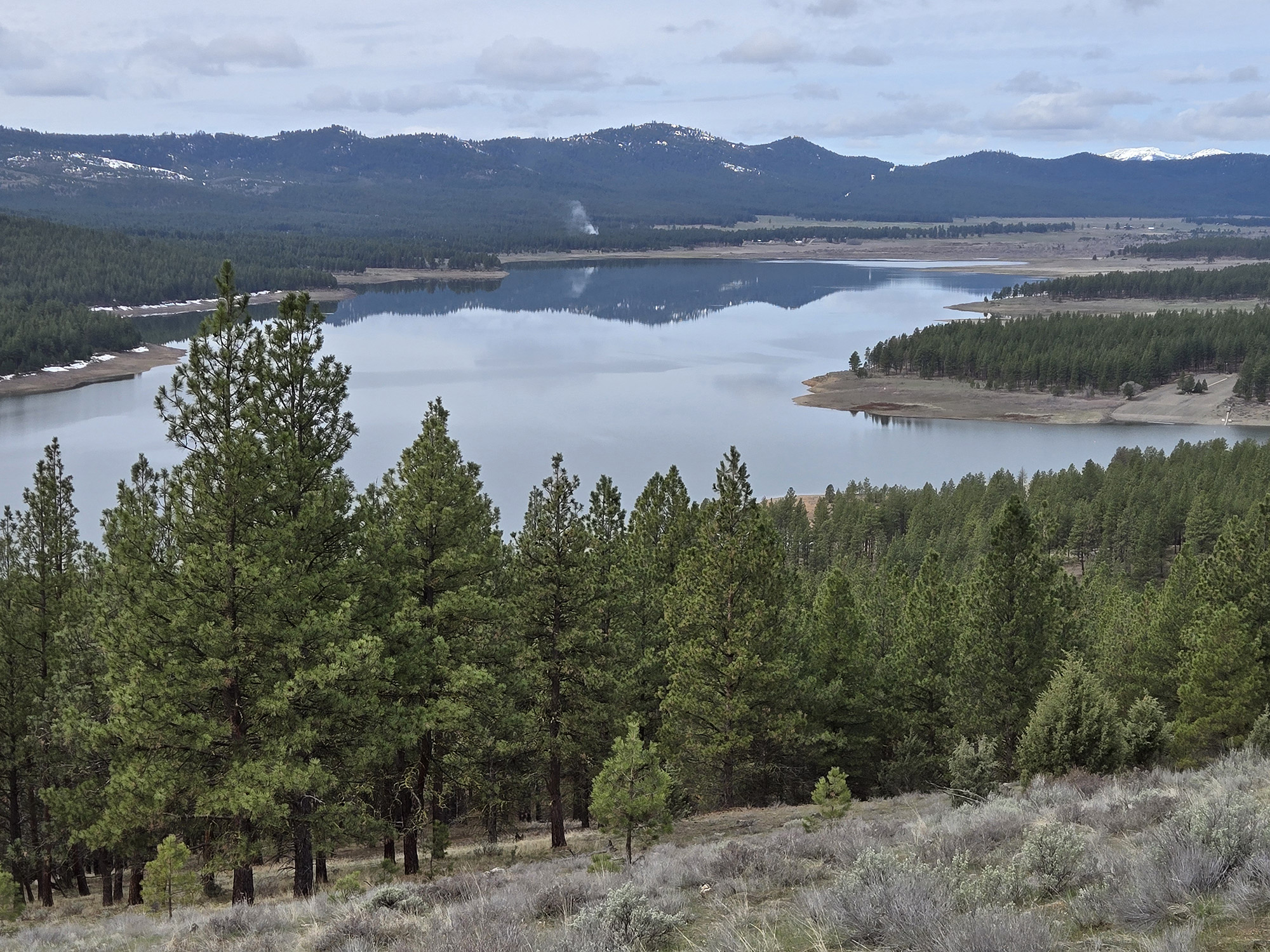Ag economist will offer a look into future
Published 4:00 am Thursday, February 11, 2021
PULLMAN, Wash. — At this time of year, wheat farmers should pay attention to the pace of exports, a Northwest ag economist says.
Trending
If there are more exports than the USDA projections, that’s price positive. If there are less, prices might decline, said Randy Fortenbery, small grains economist at Washington State University.
Fortenbery will offer his annual economic analysis during this year’s virtual Spokane Ag Show.
For 2021, Fortenbery will look at USDA crop acreage projections, fall delivery prices for wheat and how they will affect spring plantings.
Trending
Corn acres are expected to be slightly down, but soybeans are expected to be up. He will weigh the effect on wheat plantings.
The 2021 U.S. wheat supply could be smaller than in 2019 or 2020, because carryover will be down if exports continue at their current pace. The decline could be greater than the acreage increase with average yields would produce, Fortenbery said.
“It’s not clear that supply will be significantly higher even if acreage goes up,” he said.
Other forecasters made early predictions that the number of U.S. wheat acres could increase. Those projections were made before any winter wheat seeding surveys, Fortenbery said. Spring wheat seeding information is available in June.
“While there is a bit of an increase, it doesn’t necessarily translate into a huge increase of supply if ending stocks go down as they’re expected to this coming year,” Fortenbery said.
U.S. ending stocks are projected to be lower, but that picture will become clearer in May, Fortenbery said.
Higher prices are reflected in the reduced domestic supply, Fortenbery said in December.
Several factors determine whether planting more wheat makes sense for a farmer, Fortenbery said, including the price of alternative crops such as pulses.
By late February, Fortenbery hopes to have a clearer picture of the Biden administration’s agriculture policies.
Tom Vilsack, the agricultural secretary in the Obama administration, has been chosen to return in the USDA’s top job. That could indicate a return to Obama-era agricultural policies.









